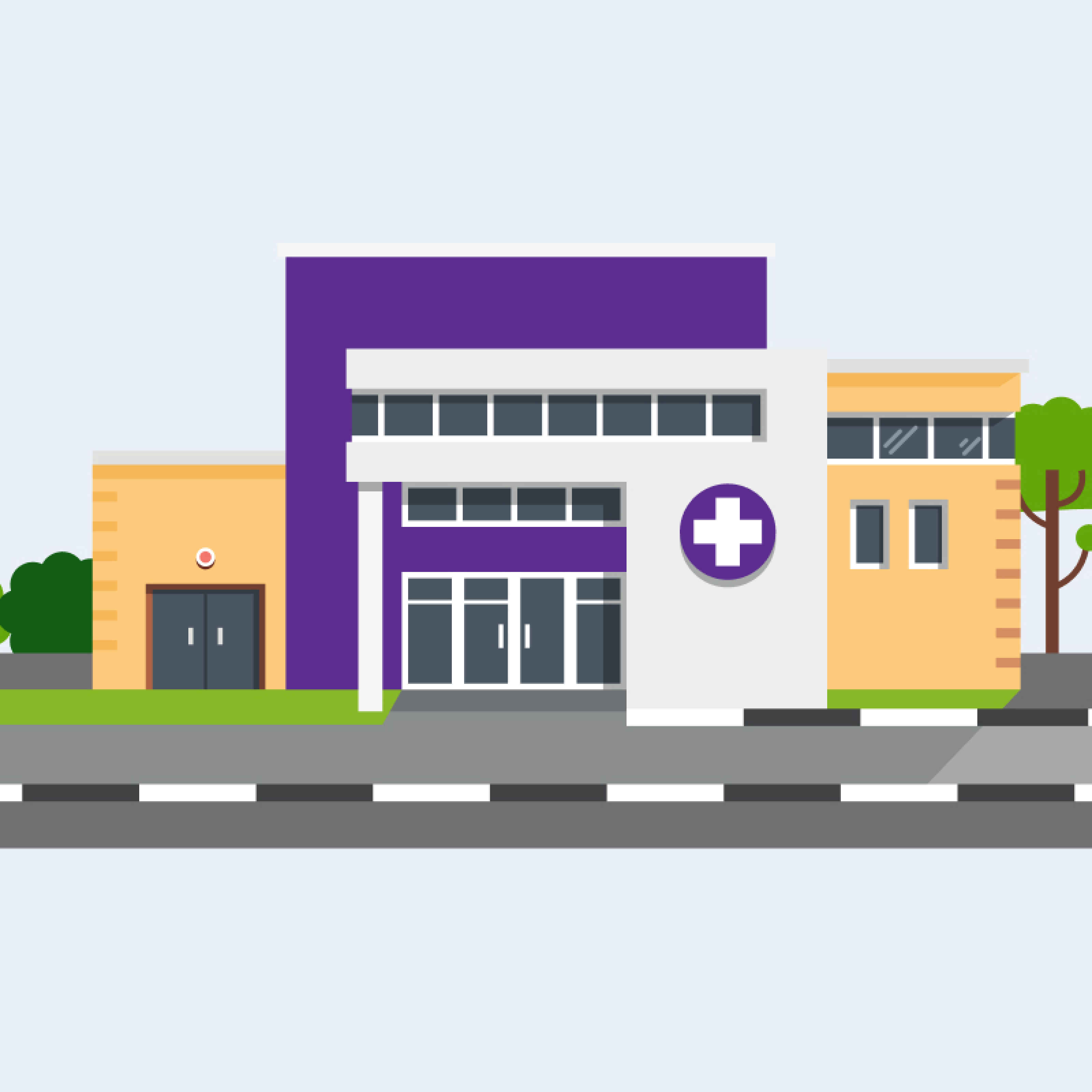Get help for medical surgeries at our partner hospitals on easy EMI's
Information provided will be used to contact you only for the enquiry selected.
Agree toTerms and ConditionsPune

Find the best hospitals for Acl Reconstruction on the Bajaj Finserv Health platform.
Information provided will be used to contact you only for the enquiry selected.
Agree toTerms and ConditionsAnterior Cruciate Ligament (ACL) repair is a surgical procedure to reconstruct a damaged or torn ACL, a crucial ligament in the knee joint. The ACL plays a vital role in stabilizing the knee and preventing excessive forward movement of the shin bone. This surgery is commonly performed to restore knee stability and function in individuals who have experienced ACL injuries.
Anterior cruciate ligament repair
Knee surgery – ACL
Knee arthroscopy - ACL
ACL Reconstruction Surgery
Partial or complete tears of the ACL due to direct impact on the knee.
Stretching of the ACL that causes instability in the knee joint.
A condition in which the knee becomes weak and unstable over time because of repeated injuries.
ACL repair surgery helps to stabilize the knee joint, allowing patients to regain normal movement and function.
The surgery can significantly reduce pain associated with ACL injuries by repairing the damaged ligament.
Patients can gradually return to regular activities and sports with a reconstructed ACL.
ACL repair helps prevent additional injuries and damage to other knee structures, such as the menisci and cartilage.
By restoring knee stability and function, ACL repair can improve an individual's overall quality of life, enabling them to lead an active and pain-free lifestyle.
A thorough medical evaluation, including a physical examination and imaging tests, will be conducted to assess the extent of the ACL injury and determine the appropriateness of surgery.
In some cases, pre-surgery rehabilitation may be recommended To reduce swelling Improve muscle strength Restore range of motion in the knee.
Patients are instructed not to eat or drink anything for a specific period before the surgery to prepare for anesthesia.
Most surgeries require general anesthesia, which induces sleep and ensures a pain-free experience.
Other types of anesthesia, such as regional anesthesia or a block, may also be used for the surgery.
ACL replacement can use tissue from your body (autograft) or a donor (allograft/cadaver graft).
Donors are individuals who have passed away and choose to donate their body to help others.
Common autograft sources include the kneecap, quadriceps, or hamstring tendon.
Hamstrings are the muscles located at the back of the knee.
The surgery typically involves knee arthroscopy, using a tiny camera to examine the knee's ligaments and tissues.
Additional small incisions are made around the knee to insert medical instruments.
Any other knee damage found will be addressed before ACL replacement.
Remove the torn ligament using a shaver or other instruments.
A more significant cut will be made to extract the autograft using your tissue.
Create bone tunnels to place the new tissue in the same location as the old ACL.
Attach the new ligament to the bone using screws or other devices for stabilization.
The bone tunnels fill in as the ligament heals, securing it in place.
Sutures are used to close the incisions, and the area is covered with a dressing.
Most patients can return home the same day as the surgery, but some may require a short hospital stay for observation.
Patients may need to use crutches or a knee brace for the first 1-6 weeks to avoid putting excessive weight on the repaired knee.
Pain medications and ice packs are often prescribed to manage post-surgery pain and swelling.
It plays a vital role in the recovery process, helping patients regain strength, flexibility, and mobility in the knee.
Gradual rehabilitation exercises are introduced to improve knee function and prevent stiffness.
In this approach, the tissue graft used for reconstruction is taken from the patient's body, often from the patellar or hamstring tendon.
In this method, the tissue graft is harvested from a donor, typically a deceased human tissue donor or a tissue bank.
The initial phase of recovery, involving pain management and rest, lasts about 1 to 2 weeks.
The rehabilitation phase, including physical therapy and controlled exercises, typically spans 4 to 6 months.
Returning to sports and high-impact activities may take 6 to 12 months. The duration depends on the patient's progress.
Infection at the surgical site
Bleeding or blood clots
Allergic reactions to anesthesia or medications
Graft failure or re-tearing of the ACL
Stiffness and limited range of motion
Knee may not be completely healed, and you may still experience discomfort and swelling.
Patients need to discuss these risks with their healthcare provider before deciding to undergo ACL repair.
When facing the prospect of ACL repair surgery, financial concerns might add stress to an already challenging situation. Fortunately, Bajaj Finserv Health offers a valuable solution – the Health EMI card.
With the Health EMI card, patients can convert the total surgery cost into manageable installments at no additional cost.
The card is accepted across a vast network of hospitals and medical institutions, making it easily accessible for patients.
Patients can get their Health EMI card activated swiftly, allowing them to proceed with the surgery without delay.
The Health EMI card offers flexible tenure options.
ACL repair surgery is a proven method to restore knee stability and function for individuals with ACL injuries. If you or a loved one are considering this surgery, it's essential to make an informed decision and seek further information or consultation from healthcare professionals. For financial assistance during this challenging time, Bajaj Finserv Health's Health EMI card provides a practical solution. With its easy installment options and wide acceptance, the Health EMI card can help you focus on your recovery without worrying about medical expenses.
